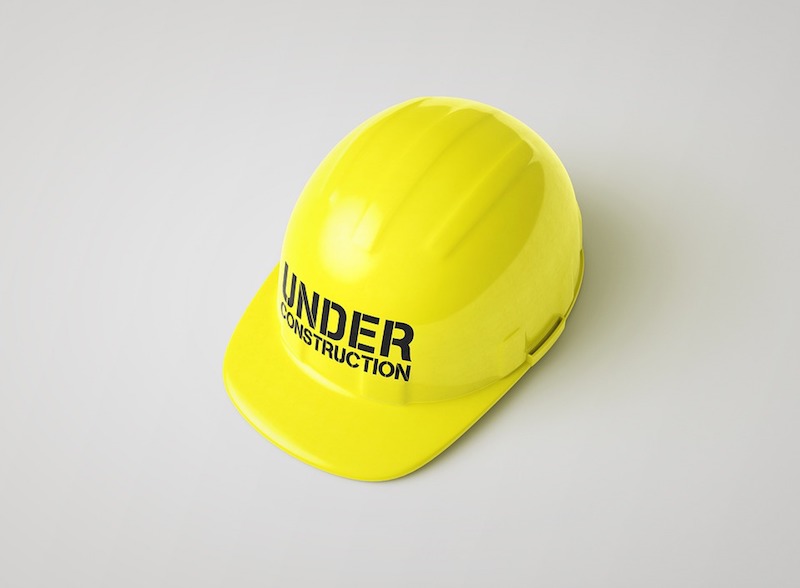Construction companies that use proactive safety practices can reduce recordable incidents by up to 85%, according to Associated Builders and Contractors’ 2019 Safety Performance Report.
Companies that adhere to best practices have a safety record that is up to 680% safer than the industry average, the report found. The annual report assesses the construction industry’s understanding of how to achieve world-class safety through ABC’s STEP Safety Management System.
“ABC’s fifth annual report on the use of leading indicators, such as substance abuse programs and toolbox safety talks, confirms that high-performing ABC members have safer construction job sites,” said Greg Sizemore, ABC vice president of health, safety, environment and workforce development. “This is one of the few studies of commercial and industrial construction firms doing real work on real projects, and it shows that implementing best practices can produce world-class construction safety programs.”
The Safety Performance Report is based on data gathered from ABC member companies recording nearly one billion hours of work in construction, heavy construction, civil engineering and specialty trades. Of the eight core leading indicators that had the most dramatic impact on safety performance in 2018, daily toolbox safety talks were the most effective—reducing Total Recordable Incident Rate and Days Away and Restricted or Transferred rate by 85% compared to monthly sessions.
Related Stories
| Oct 6, 2011
Taking tenant behavior into account on building energy codes
Over the past few years, Seattle, San Francisco, Austin, and Washington, D.C., have passed laws requiring property owners to measure and disclose their energy use, which would help place a market value on a building’s efficiency and provide a benchmark for improvements.
| Oct 6, 2011
Constructed properly, green roofs hold up well in a hurricane
The heavy rains and high winds of Hurricane Irene didn’t cause any problems for a Con Edison green roof in New York City. The roof contains sedum, a plant that adapts well to drought and handles periods of heavy rain well.
| Oct 6, 2011
RoofPoint: A new green standard for roofs
Structured much like other rating systems, RoofPoint, establishes green standards specifically for roofs.
| Oct 6, 2011
Roofers critical of new OSHA harness rules
Roofers say a new OSHA rule requiring all residential roofers to wear a safety harness makes workers less safe, and is causing lost business for those who comply with the rule.
| Oct 6, 2011
Florida county proposes saving on construction costs by trumping city regulations
This summer, Pinellas County, FL wanted to save money on an $81 million public safety complex in Largo by using the county’s own building regulations and permit fees, not the city’s more expensive fees.
| Sep 30, 2011
OSHA Releases New Nail Gun Safety Document
The Occupational Safety and Health Administration and the National Institute for Occupational Safety and Health have developed a new guidance document, Nail Gun Safety—A Guide for Construction Contractors.
| Sep 30, 2011
Cement Industry Advocates For Environmental Regulatory Relief
EPA regulations impacting the cement industry could force the closure of 18 of the nearly 100 US cement plants and cost 4,000 manufacturing jobs .
| Sep 30, 2011
IRS Releases New Rule On Reclassifying Independent Contractors
The Internal Revenue Service (IRS) has a new Voluntary Classification Settlement Program that allows an employer to reclassify independent contractors as employees if those workers previously were misclassified.
| Sep 29, 2011
Illinois Grapples With Definition of ‘Clean’ Construction Debris
The Illinois Pollution Control Board holds hearings this week about construction debris rules proposed by the state Environmental Protection Agency.
| Sep 15, 2011
Alabama Prepares First Statewide Residential Building Code
Following a series of devastating tornadoes that ripped through Alabama on April 27th, the state is preparing to implement the first statewide building code for residential structures.







